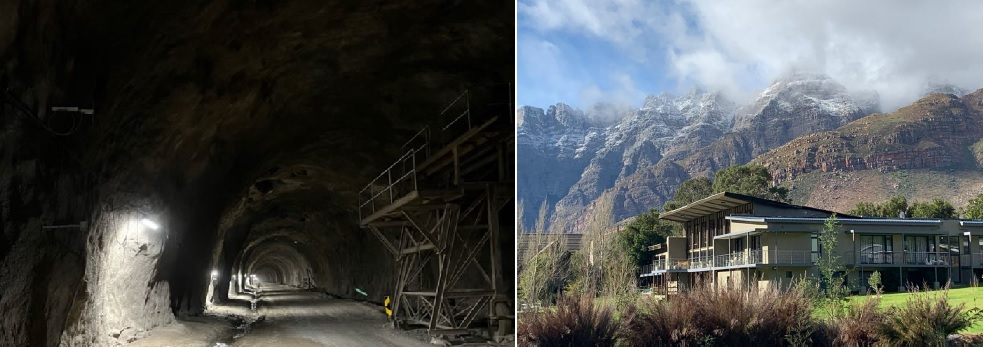Speaker
Description
Stem cells have the capacity to ensure the renewal of tissues and organs. They could be used in the future for a wide range of therapeutic purposes and are preserved at liquid nitrogen temperature to prevent any chemical or biological activity up to several decades before their use. Deep Underground Laboratory could have a role to play to ensure long term viability of cryogenized stem cell. Indeed, these frozen cells accumulate damages coming from natural radiations including terrestrials cosmic-rays, potentially inducing DNA double-strand breaks (DSBs). Such DNA damage in stem cells could lead to either mortality of the cells upon thawing or a mutation diminishing the therapeutic potential of the treatment. Many studies show how stem cells react to different levels of radiation; the effect of terrestrial cosmic rays being key, it is thus also important to investigate the effect of the natural radiation on the cryopreserved stem cell behavior over time. A study lead by physicists from CNRS-IN2P3 (France), physician and biologist from Pasteur Institute (France) showed that the cryostored stem cells totally shielded from cosmic rays had less DSBs upon long-term storage and in-vivo tests have been performed. The results of the interdisciplinary collaboration between physics, medicine and biology have been published in Cell Transplantation Journal of regenerative medicine (1). This could have important implications on the long-term cryostorage strategy and quality control of different cell banks. Various studies are in progress with differents types of biological materials.
(1)Cryopreserved Stem Cells Incur Damages Due To Terrestrial Cosmic Rays
Impairing Their Integrity Upon Long-Term Storage
P. Rocheteau, G. Warot, M. Chapellier, M. Zampaolo,
F. Chretien, and F. Piquemal (corresponding author)
Cell Transplantation
Volume 31: 1–15 (2022)
